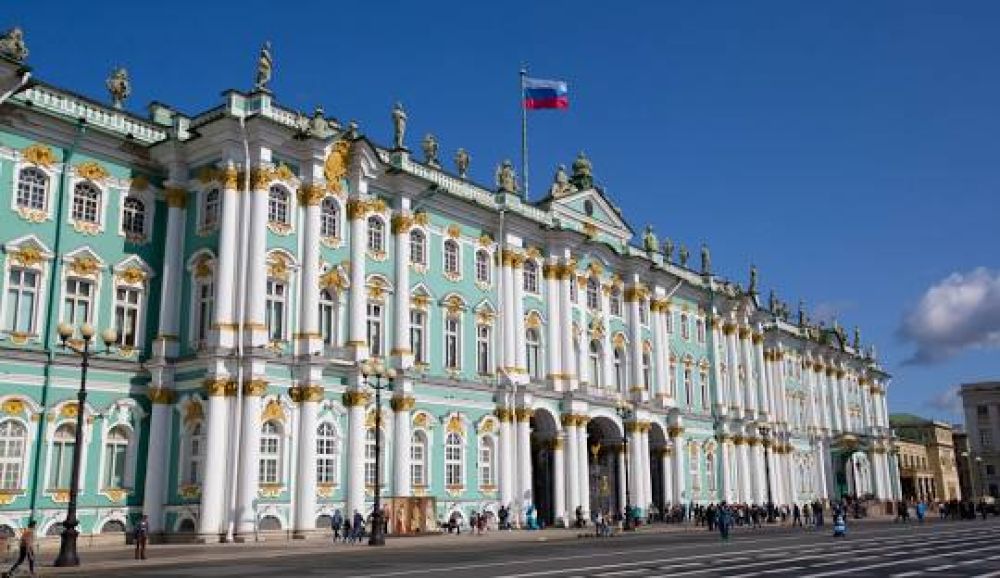

The splendid Hermitage Museum, situated in the heart of Saint Petersburg, stands as one of the largest and most prestigious cultural institutions in the world. Established in 1764 when Empress Catherine the Great acquired an impressive collection of paintings from Berlin merchant Johann Ernst Gotzkowsky, it served as her private palace gallery and museum. However, it was not until 1852 that the Hermitage was opened to the public, marking the beginning of its official function as a public museum.
The museum's history as a tourist destination can be traced back to the late 19th century when it gained international recognition and began attracting visitors from far and wide. Its collection burgeoned with contributions from subsequent rulers, further establishing its importance. After the Bolshevik Revolution, the Hermitage underwent significant changes, with the nationalization of private collections and the expansion of its exhibits.
Throughout the 20th century, the Hermitage continued to flourish despite challenges such as World War II, which necessitated the evacuation of its treasures to the Urals for safekeeping. After the war, the museum's collections returned to their rightful place in Saint Petersburg, and the Hermitage continued to expand its reach and renovate its facilities.
In recent years, the Hermitage Museum has continued to modernize and adapt to contemporary trends in tourism. This includes the implementation of virtual reality tours and online galleries, allowing people from all over the world to access its vast collection digitally. The museum has also participated in global projects and loaned pieces to institutions around the world, further enhancing its international visibility.
The latest tourism trends affecting the Hermitage Museum include a focus on sustainable tourism and cultural education. The museum offers educational programs and guided tours, often focused on specific themes or historical periods to enhance visitors' understanding of the exhibits.
Additionally, there is an ongoing trend towards integrating technology in the visitor experience, such as the use of multimedia guides and interactive exhibits, designed to engage a younger, tech-savvy audience. With its wealth of art and historical artifacts, the Hermitage continues to adapt, offering a mix of traditional and innovative ways to experience its offerings. This balance keeps it at the forefront of museum tourism globally.
The future of tourism at the Hermitage is looking bright, with plans for continuous renovation and expansion of the museum's facilities. There is a strong emphasis on balancing preservation with accessibility, ensuring that future generations can enjoy the museum's treasures just as past visitors have. With its rich history and dedication to innovation, the Hermitage Museum in Saint Petersburg promises to remain a top destination for art and history enthusiasts around the world.